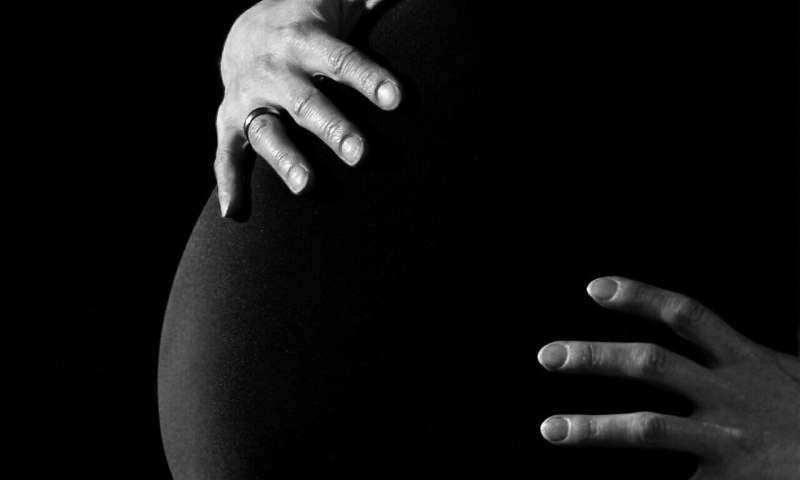
Depletion of a certain type of stem cell in the womb lining during pregnancy could be a significant factor behind miscarriage, according to a study released today in STEM CELLS. The study, by researchers at Warwick Medical School, University of Warwick, Coventry, England, reports on how recurrent pregnancy loss is a result of the loss of decidual precursor cells prior to conception.
“This raises the possibility that they can be harnessed to prevent pregnancy disorders,” said corresponding author Jan J. Brosens, M.D., Ph.D., professor of obstetrics and gynecology at Warwick Medical School (WMS).
The womb lining—or endometrium—is a highly regenerative tissue capable of adopting different physiological states during the reproductive years. In the second half of the menstrual cycle when progesterone levels are high, the endometrium starts remodeling intensively, heralding the start of a short window during which an embryo can implant. Pregnancy depends on this transformation, a process called decidua, as it is driven by the differentiation of endometrial stromal cells into specialized decidual cells. These cells impart the plasticity needed for tissue to accommodate an embryo’s rapid growth.
“While the magnitude of tissue remodeling required for pregnancy makes it likely that poised progenitor and highly proliferative decidual precursor cells are critical for the formation of a robust maternal-fetal interface, the underlying mechanisms behind this are unclear,” Dr. Brosens said.
The same team had recently described the presence of a discrete population of highly proliferative mesenchymal cells (hPMC) during the window of implantation. Mesenchymal stem/stromal cells can be isolated from bone marrow, adipose and other tissue sources, and can differentiate into a variety of cell types depending on the conditions of the culture they are grown in. In this latest study, the research team set out to characterize these hPMCs.
“Our findings indicate that hPMC are derived from circulating bone marrow-derived stem cells and recruited into the lining of the womb at the time of embryo implantation. These cells appear critical in pregnancy to accommodate the rapidly growing placenta.” Dr. Brosens said. “We also found that these rare but highly specialist cells are depleted in the womb lining of women with recurrent pregnancy.”
Siobhan Quenby, M.D., FRCOG, professor of obstetrics and Honorary Consultant at University Hospitals Coventry and Warwickshire and the University of Warwick, was part of the research team. “These are very exciting findings,” she said. “We have already demonstrated that we can increase these highly proliferative cells in the lining of womb before pregnancy. These new findings explain why these highly proliferative cells are so important for the prevention of miscarriage and possibly spontaneous preterm labor, two devasting pregnancy disorders that affect many women and couples all over the world.”
Dr. Jan Nolta, Editor-in-Chief of STEM CELLS, said, “this key study begins to find answers to a very concerning problem in pregnancy disorders and gives insight into understanding factors that could contribute to pregnancy loss. We are very excited to be able to publish these important results.”
Source: Read Full Article
